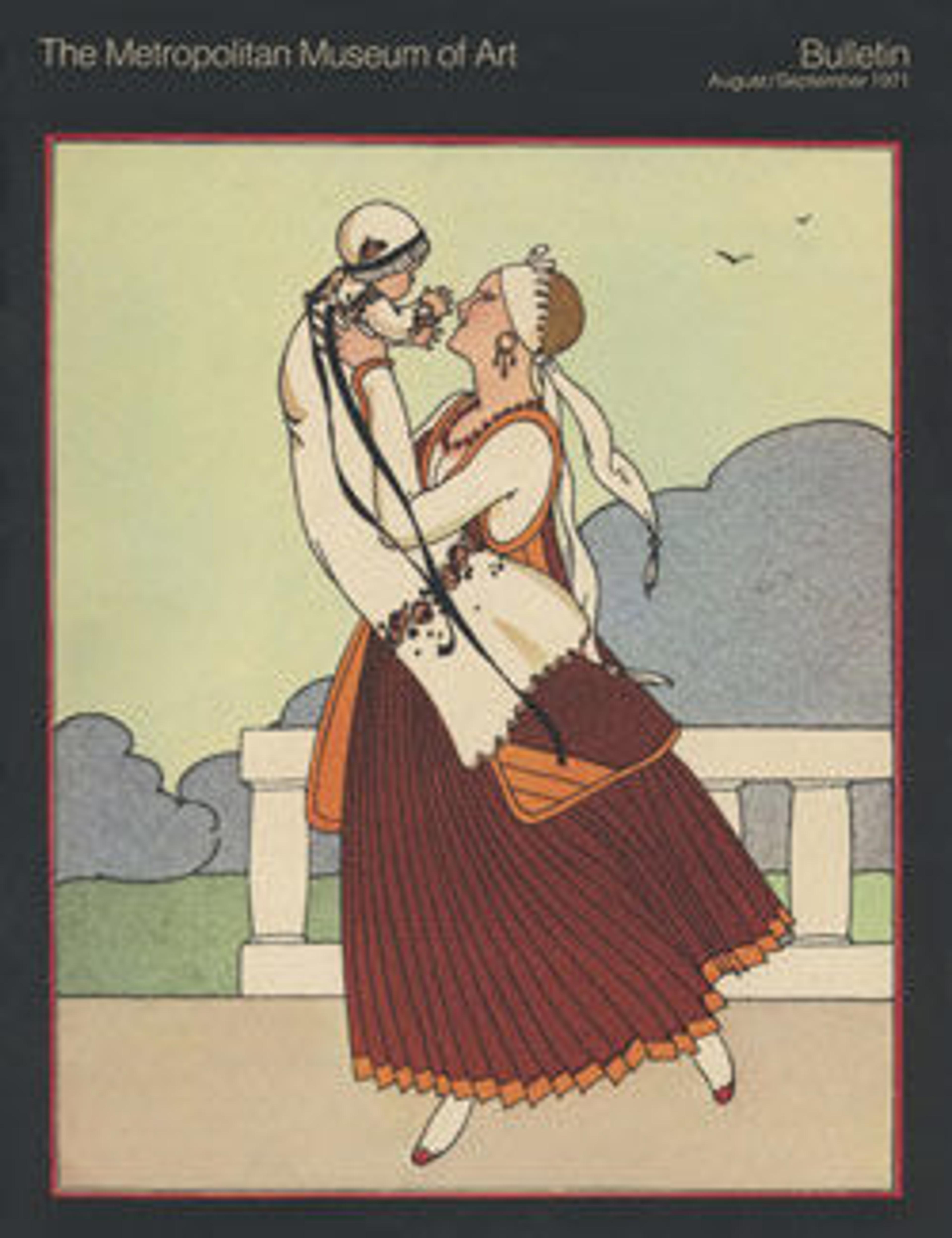Coatdress
BOYS IN DRESSES
From the sixteenth century to the early twentieth, boys wore long robes or dresses during infancy. When they reached a suitable age, between two and eight, they gave up dresses and started wearing trousers, an event marked by a "breeching ceremony." It was an important occasion in any household, as described by a seventeenth century aristocrat:
"You cannot believe the great concerne that was in the whole family here last Wednesday, it being the day that the taylor was to help dress little Frank in his breeches in order to the making an everyday suit by it. Never had any bride that was to be drest upon her wedding night more hands about her, some the legs, and some the arms, the taylor butt'ning, and others putting on the sword, and so many lookers on that had I not a finger amongst them I could not have seen him. When he was quite dreste, he acted his part as any of them … They are very fit, everything, and he looks taller and prettyer than his coats [petticoats]."
Several theories have been put forward to explain boys in dresses. One suggests that because of the high mortality rate among infants in the eighteenth and nineteenth centuries, parents were reluctant to become too attached or to identify a particular child as an heir during infancy. Another theory claims that it was a practical measure for dealing with childhood incontinence; a third asserts that by the age of six or seven, a male child was capable of putting on his own breeches. In the latter half of the nineteenth century it was thought that if you distinguished between the sexes at too early an age, it might provoke precocious sexual curiosity.
Portraits of children from the eighteenth and nineteenth centuries use various strategies to distinguish the gender of their sitters. Male children frequently are depicted with stereotypically masculine props, alluding to future careers or innate masculine virtues. These include drums or trumpets, hobbyhorses or crops, faithful dogs or wooden swords. When boys and girls are represented together, the boy's dress may be distinguished from the girl's by means of cut, color, or accessories like plumed hats. To the modern eye, these differences are fairly subtle, but they were readily understood by a contemporary audience.
From the sixteenth century to the early twentieth, boys wore long robes or dresses during infancy. When they reached a suitable age, between two and eight, they gave up dresses and started wearing trousers, an event marked by a "breeching ceremony." It was an important occasion in any household, as described by a seventeenth century aristocrat:
"You cannot believe the great concerne that was in the whole family here last Wednesday, it being the day that the taylor was to help dress little Frank in his breeches in order to the making an everyday suit by it. Never had any bride that was to be drest upon her wedding night more hands about her, some the legs, and some the arms, the taylor butt'ning, and others putting on the sword, and so many lookers on that had I not a finger amongst them I could not have seen him. When he was quite dreste, he acted his part as any of them … They are very fit, everything, and he looks taller and prettyer than his coats [petticoats]."
Several theories have been put forward to explain boys in dresses. One suggests that because of the high mortality rate among infants in the eighteenth and nineteenth centuries, parents were reluctant to become too attached or to identify a particular child as an heir during infancy. Another theory claims that it was a practical measure for dealing with childhood incontinence; a third asserts that by the age of six or seven, a male child was capable of putting on his own breeches. In the latter half of the nineteenth century it was thought that if you distinguished between the sexes at too early an age, it might provoke precocious sexual curiosity.
Portraits of children from the eighteenth and nineteenth centuries use various strategies to distinguish the gender of their sitters. Male children frequently are depicted with stereotypically masculine props, alluding to future careers or innate masculine virtues. These include drums or trumpets, hobbyhorses or crops, faithful dogs or wooden swords. When boys and girls are represented together, the boy's dress may be distinguished from the girl's by means of cut, color, or accessories like plumed hats. To the modern eye, these differences are fairly subtle, but they were readily understood by a contemporary audience.
Artwork Details
- Title: Coatdress
- Date: early 1830s
- Culture: American
- Medium: cotton
- Credit Line: Gift of Mrs. John C. Cattus, 1952
- Object Number: C.I.52.21
- Curatorial Department: The Costume Institute
More Artwork
Research Resources
The Met provides unparalleled resources for research and welcomes an international community of students and scholars. The Met's Open Access API is where creators and researchers can connect to the The Met collection. Open Access data and public domain images are available for unrestricted commercial and noncommercial use without permission or fee.
To request images under copyright and other restrictions, please use this Image Request form.
Feedback
We continue to research and examine historical and cultural context for objects in The Met collection. If you have comments or questions about this object record, please contact us using the form below. The Museum looks forward to receiving your comments.
